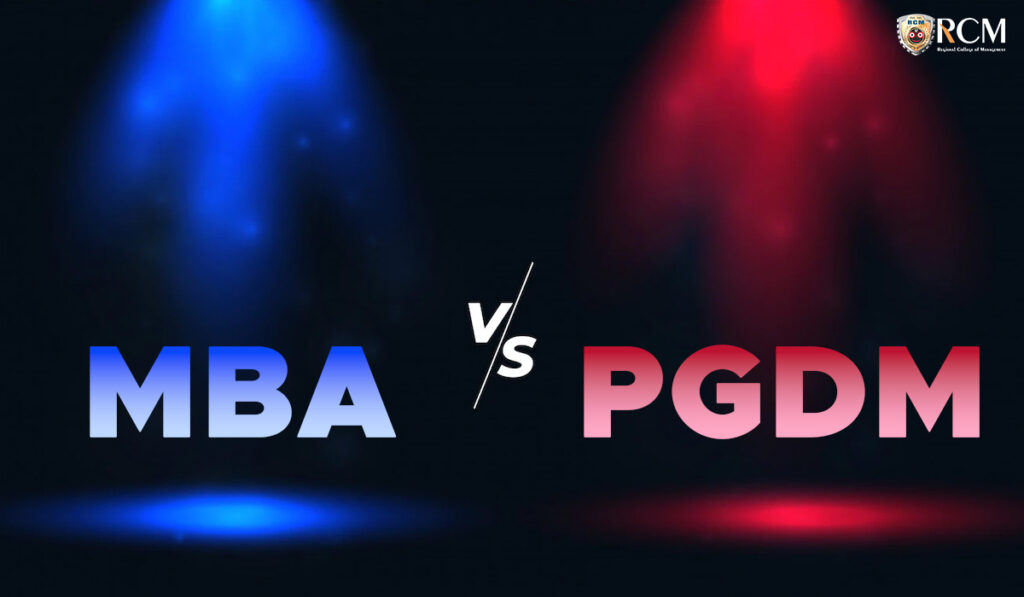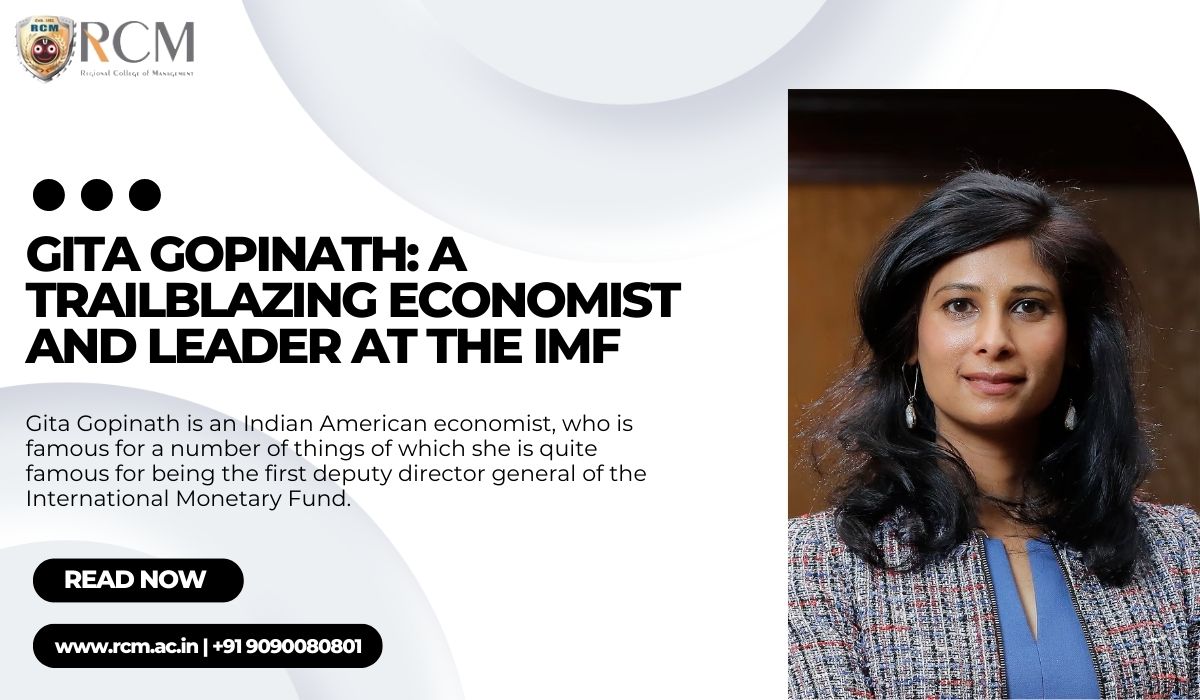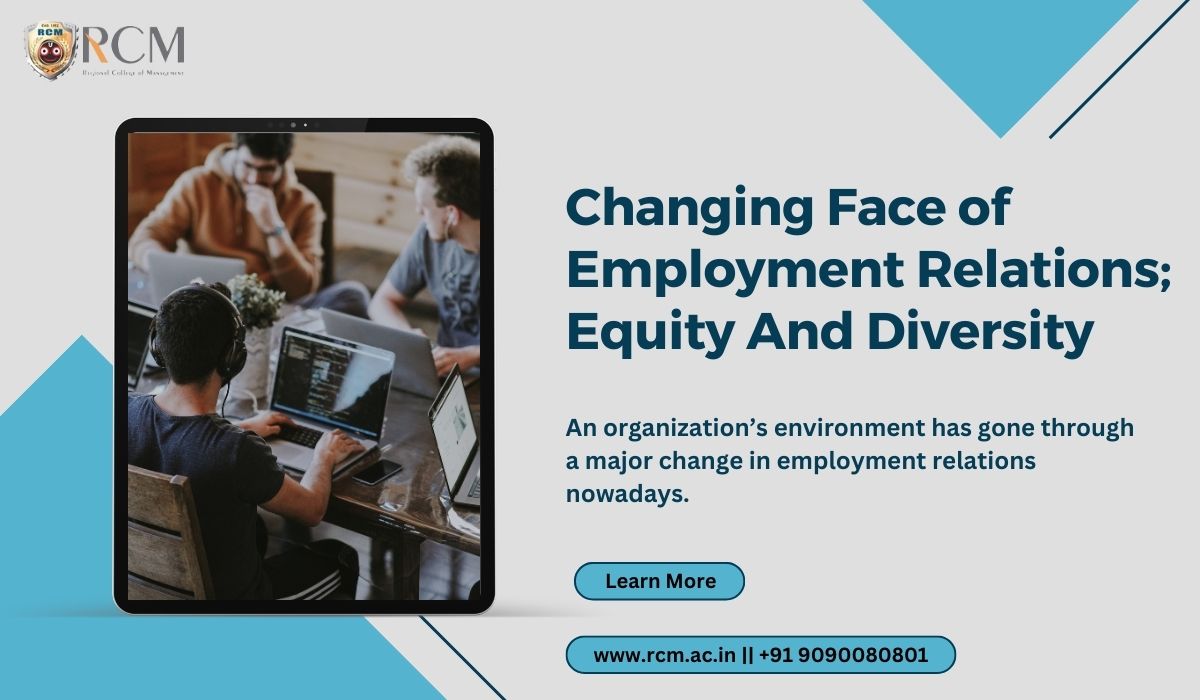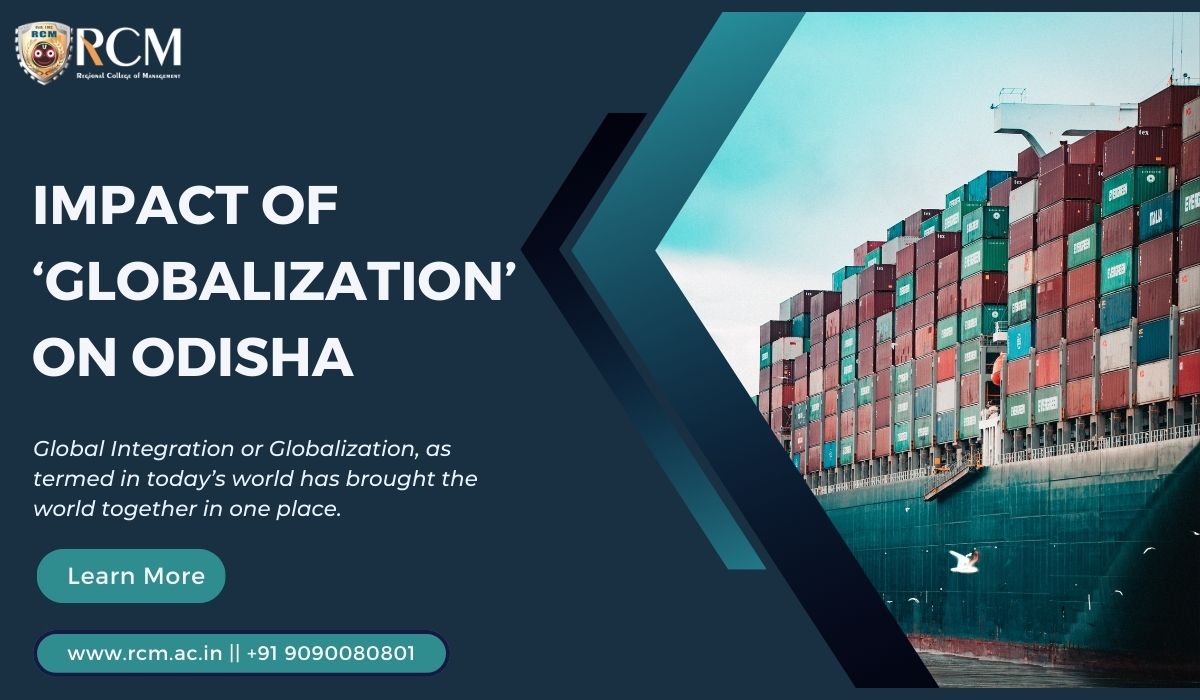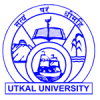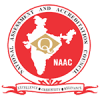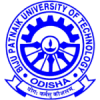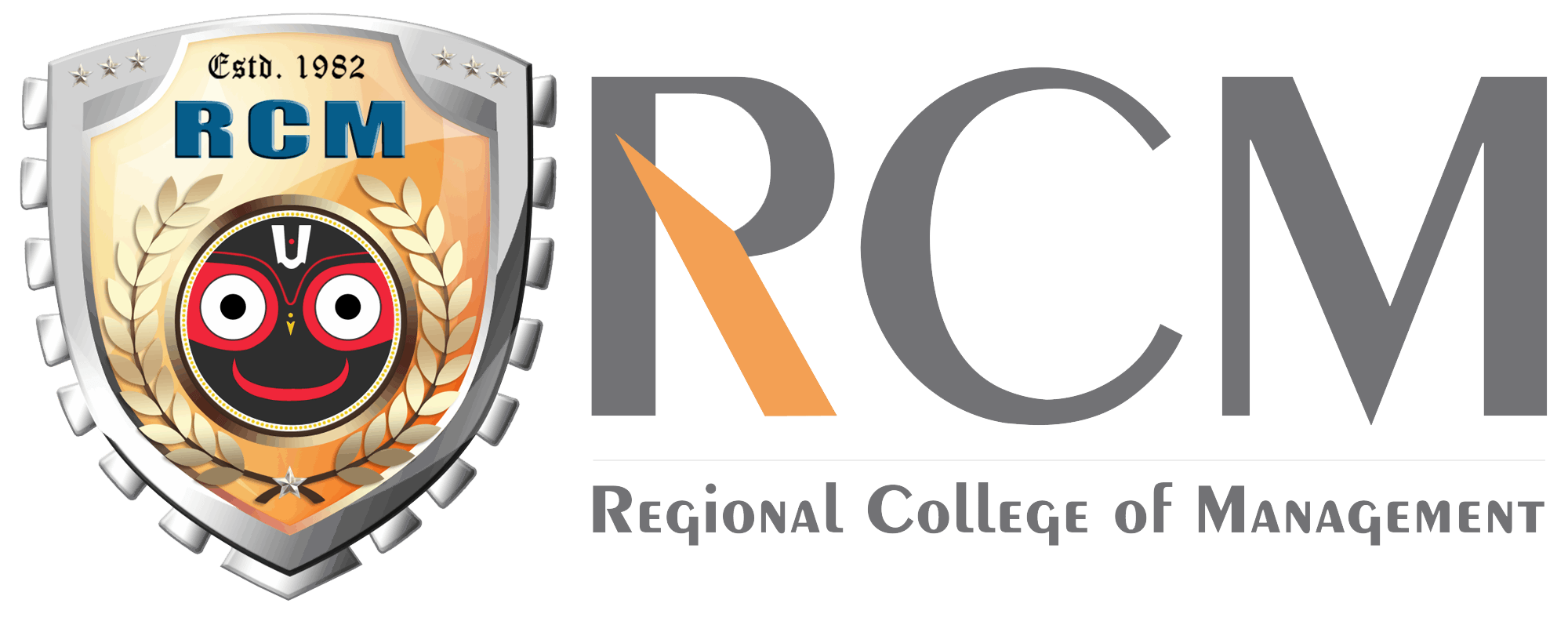In the current economic climate, post-graduate management programmes are in high demand. This is one of the things that emerges within the expanding adequate business scenario, which plays a significant role after COVID. Management programmes or courses of study such as the MBA and PGDM are thriving on the platform of business and related studies to ensure this and achieve the necessary.
So, in this blog, our main focus is on the basic and fundamental knowledge about the difference between MBA and PGDM and why this is important to know and embrace the knowledge as it has implications in ongoing situations and to take an outlook on pursuing.
What to choose: PGDM or MBA?

For all folks interested in pursuing a postgraduate course in management, the dilemma of MBA vs. PGDM has been a concern. The challenge arises frequently because aspirants are not fully aware of the similarities and differences between the MBA and PGDM.
What Do MBA and PGDM Mean?
The MBA, or Master of Business Administration, is a degree programme that can only be offered by colleges affiliated with universities, whereas the PGDM, or Post Graduate Diploma in Management, is a diploma programme offered by independent institutes. This is one of the biggest differences between the two degrees.
What is the PGDM?
AICTE (All India Council for Technical Studies) has approved the two-year Post Graduate Diploma in Management program. The AICTE has authorised institutions to provide PGDM programmes in India. These accredited institutions create their own curricula, update them as needed, hold their own exams, and assess their own learners. Typically, curricula are created with industry demand in mind so that students can be placed appropriately.
Why do an MBA?
An MBA, or master’s in business administration, is a post-graduate degree programme that has been approved by the UGC and can be offered by universities. Two years are spent on the course. Most colleges are affiliated with universities and are allowed to offer the MBA course. This course is offered across India at about 5500 universities and colleges. Most universities typically update their curricula every five to ten years. When we discuss placements, this renders the course redundant and irrelevant. Students typically make less money than their PGDM counterparts.
What separates a PGDM from an MBA?
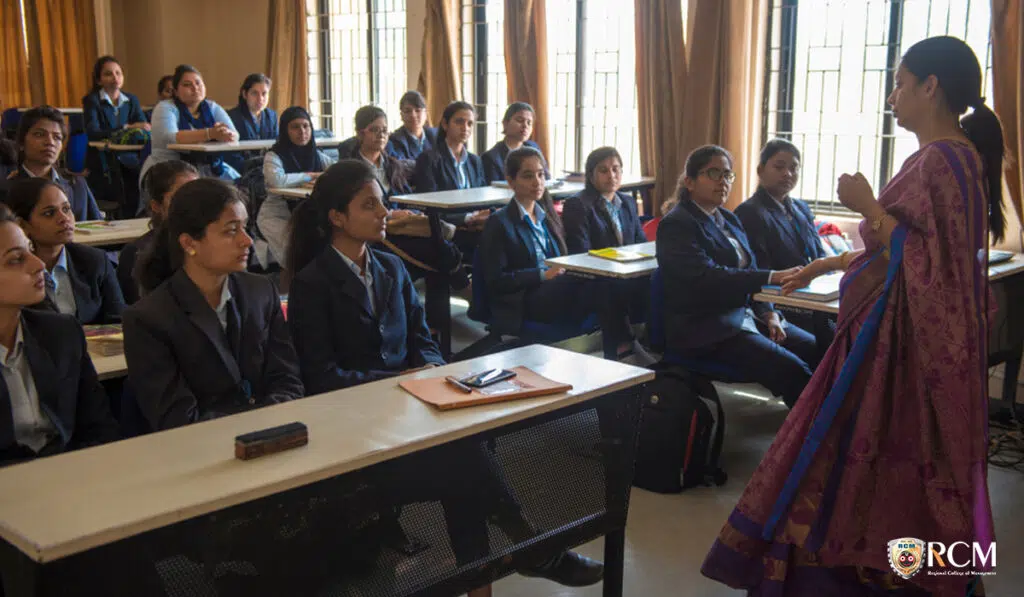
- The administration of the PGDM programme is the sole responsibility of the institutions, which also select students, create the course syllabus, train students, assess their progress, and place them. The course, while an MBA, was created by universities and is taught by their affiliated colleges. This is the hole! Students begin studying for an MBA course, such as an MA in history, with the goal of passing the course and the programme.
- Additionally, the university’s curriculum hasn’t changed in decades. Due to the interviewers’ propensity for focusing on the most recent trends, MBA candidates find it challenging to respond to questions during job interviews. While the PGDM is a single-window programme, which improves the student’s skills and keeps them current with market trends,
- While PGDM is more practical, MBA is more theoretical. Additionally, this gives PGDM students an advantage during job interviews.
- While an MBA is offered by universities and colleges that offer lots of other courses as well, spreading the focus among numerous courses, PGDM is typically offered by stand-alone institutions that offer just one programme.
- A student may pursue a PhD or any other course with an MBA or PGDM if they so choose.
The legal distinction between an MBA and a PGDM is that both organizations—AICTE and UGC—were created by an Act of Parliament to advance higher education. As a result, the programmes that these bodies have approved are equally accepted by the law.
That indicates that PGDM and MBA are both postgraduate programmes with equal legal standing in terms of applying for government jobs or pursuing a PhD. Some academic institutions may require an equivalence certificate, which is easily obtained from the Association of Indian Universities (AIU), when enrolling PGDM students in PhD programmes.
CONCLUSION
After examining the key distinctions and similarities between the PGDM and MBA programmes, it is time to determine which programme is more advantageous and relevant in the 21st-century workplace.
- While MBA programmes take a more theoretical approach, PGDM programmes follow an industry-focused curriculum with a more hands-on approach.
- Due to the practical insight PGDM courses provide, many employers in India and abroad prefer PGDM courses over MBA.
- Students are prepared for the business environments beforehand by the rigorous classrooms, lessons from top industry leaders, and management internships that are a common feature.
- Self-driven PGDM institutions put in more effort than MBA-granting institutions to place their students across a variety of businesses.
- Due to their updated and additional skill sets, PGDM students have more job opportunities.


